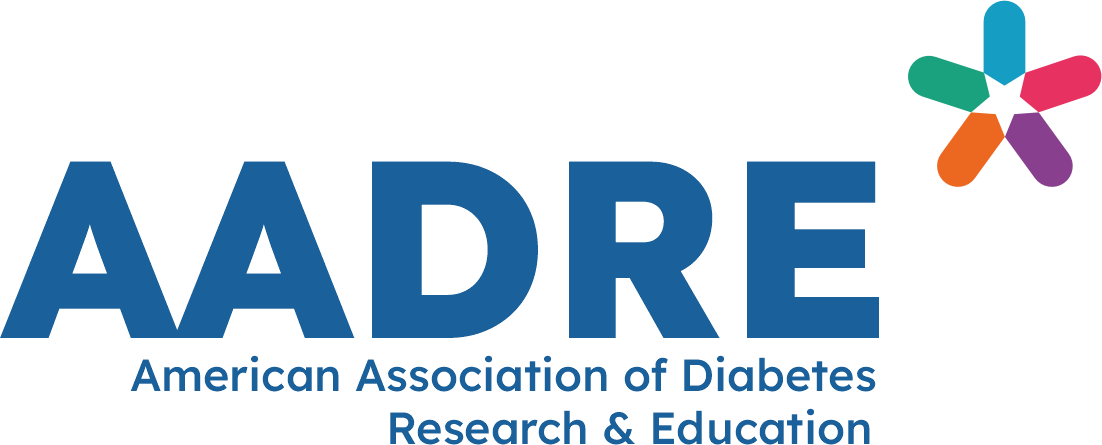Heparin for thromboembolism prophylaxis in hospitalized patients with acute heart failure (HF) administered within 24 hours of hospital admission is associated with a higher risk for major bleeding during hospitalization. Heparin in these circumstances is not associated with reduced risk of all-cause death and it is not associated with reduced risk for ischemic stroke. These findings were published in the International Journal of Cardiology.
Investigators in Japan sought to evaluate the use of heparin in hospitalized patients with acute HF with regards to in-hospital bleeding, ischemic stroke, and all-cause death.
They conducted a review and analysis based on the KCHF (Kyoto Congestive Heart Failure; ClinicalTrials.gov Identifier: NCT02334891) registry, a physician-initiated, prospective, multicenter, observational cohort study. This study enrolled consecutive patients hospitalized in 19 secondary and tertiary hospitals in Japan for acute HF for the first time from October 2014 through March 2016. Patients with mechanical circulatory supports, taking oral anticoagulants, or with history of acute coronary syndrome on admission were excluded.
The study included 789 patients who received heparin within 24 hours following admission, and 1736 patients who did not receive heparin (overall baseline mean age, 78±13 years; 46% women). Among all 2525 patients, 74% had hypertension, mean left ventricular ejection fraction was 45%, 31% had atrial fibrillation, 30% had ischemic etiology, and 51% were New York Heart Association class IV. The investigators observed that patients who received heparin had lower systolic blood pressure, higher heart rate, higher prevalence of ischemic etiology, and lower prevalence of prior HF hospitalization compared with patients who did not receive heparin. Among the 19 institutions, median prevalence of heparin use was 21% with a wide variation (IQR, 5%-34%; range 0%-71%).
Overall, 48 patients developed major bleeding, 9 patients had intracranial hemorrhage, 34 patients experienced ischemic stroke, and 161 patients suffered all-cause death during median hospitalization stay of 16 days (IQR, 11-24 days). The investigators used multivariable logistic regression analyses to show heparin administration was associated with higher risk for major bleeding (odds ratio [OR], 2.88, 95% CI, 1.54-5.41; P <.001) vs no heparin, and it was not associated with reduced risk for ischemic stroke (OR, 1.14; 95% CI, 0.53-2.43; P =.74) and it was not associated with reduced risk of all-cause death (OR, 1.39; 95% CI, 0.90-2.15; P =.14).
After adjusting for confounders, heparin administration vs no heparin administration was still not associated with reduced risk for ischemic stroke or all-cause death, but remained independently associated with higher risk for major bleeding.
Significant limitations include the potential for reporting bias, sampling bias, and enrollment bias, as well as lack of randomization of patients. There is also a lack of data on intent of heparin use (for thromboembolism prophylaxis or for other indications), data on heparin use (arterial or venous thromboembolism, dosage within therapeutic or prophylactic range, how often therapy was monitored or adjusted).
“In patients with AHF [acute heart failure], heparin administration within 24 hours after admission was not associated with a lower risk of all-cause death and ischemic stroke, but was associated with a higher risk of major bleeding during hospitalization,” the investigators wrote. “Our study indicates that the use of heparin for thromboembolism prophylaxis in hospitalized patients with AHF needs further study and prospective controlled trials are warranted to address the optimal strategy of anticoagulant therapy in these patients.”
References:
Hamatani Y, Kato T, Morimoto T, et al.; on behalf of the KCHF Registry investigators. Association of intravenous heparin administration with in-hospital clinical outcomes among hospitalized patients with acute heart failure. Int J Cardiol. Published online November 11, 2022. doi:10.1016/j.ijcard.2022.11.018

